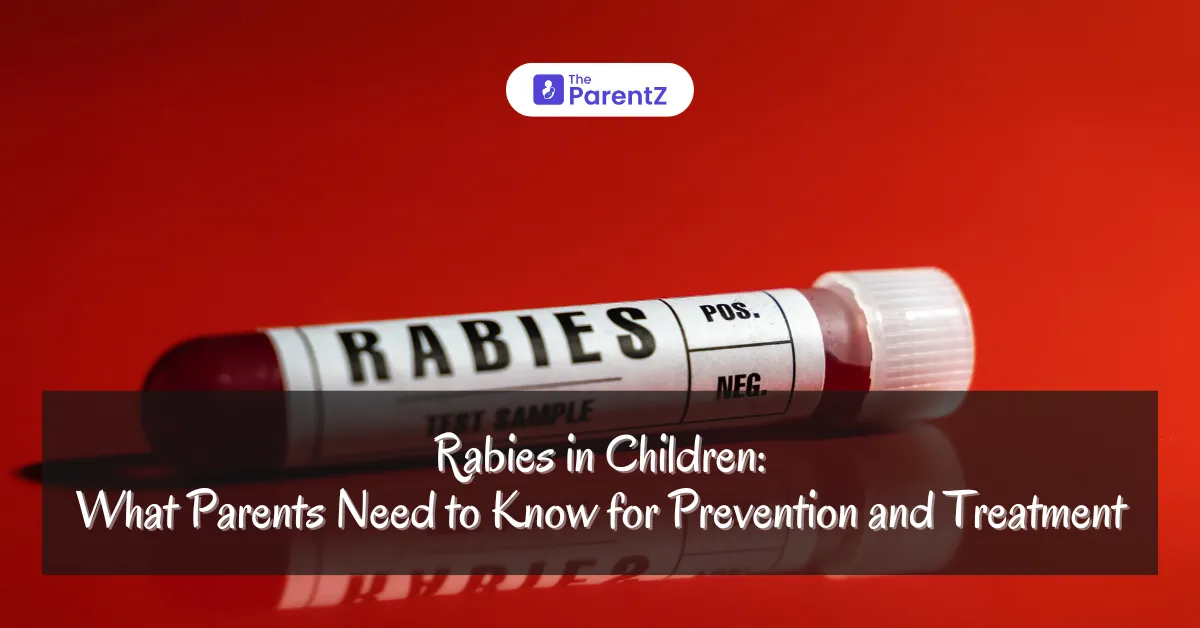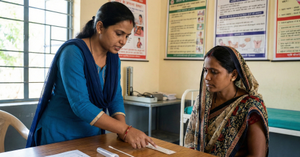What is Rabies?
Rabies is a viral infection that affects the central nervous system, ultimately leading to brain inflammation and, if left untreated, death. The virus is transmitted through the saliva of an infected animal via bites or scratches. Once symptoms appear, rabies is almost universally fatal. Rabies is preventable through immediate and proper medical intervention after exposure to the virus.
The rabies virus can affect anyone, but children, due to their curiosity and outdoor activities, are at an increased risk of exposure. Parents must be aware of the symptoms, preventive measures, and treatment options to protect their children from this potentially lethal disease.
What Kind of Animals Carry Rabies?
Rabies is found in many animals, particularly mammals. Animals that can carry and transmit rabies include:
• Dogs: In many developing countries, dogs are the primary source of human rabies transmission.
• Bats: In developed countries like the U.S., bats are often the main rabies carriers.
• Foxes, raccoons, skunks, and coyotes: These wild animals can be infected with rabies and can transmit the virus to humans.
• Cats and other domesticated animals: Though less common, cats, livestock, and other domestic animals can also carry the virus.
Rabid animals typically display erratic behavior, aggression, or paralysis. It is important to keep children away from animals exhibiting these symptoms.
Immediate Treatment for Rabies Exposure in Children
If a child is bitten or scratched by an animal that may be rabid, immediate action is necessary. The sooner rabies exposure is treated, the higher the chance of preventing the virus from spreading to the brain. Here’s what parents need to do immediately:
1. Clean the Wound: Wash the bite or scratch thoroughly with soap and water for at least 15 minutes. This reduces the risk of infection and helps in the prevention of the virus entering the bloodstream.
2. Seek Medical Attention: Go to a doctor or hospital immediately, even if the wound seems minor. Medical professionals will assess the situation and determine whether the animal could have rabies and the necessary course of treatment.
3. Post Exposure Prophylaxis (PEP): If the animal is suspected of being rabid, the doctor will administer a series of rabies vaccines (rabies immune globulin and rabies vaccine) as part of Post Exposure Prophylaxis (PEP). This treatment must begin as soon as possible, ideally within 24 hours of the exposure.
• Rabies Vaccine: A series of four doses given over 14 days. The first dose is administered as soon as possible, followed by doses on days 3, 7, and 14.
• Rabies Immune Globulin (RIG): If the child has not been previously vaccinated against rabies, RIG is given along with the first dose of the rabies vaccine. This provides immediate protection until the body can develop its own immune response.
Long-Term Treatment and Monitoring for Rabies
Rabies prevention relies heavily on timely medical intervention after exposure. Long-term treatment after receiving PEP generally involves observation and monitoring. However, if rabies symptoms develop, the condition is almost always fatal, and treatment focuses on supportive care to relieve symptoms rather than cure the disease.
• Regular Follow-ups: If your child receives rabies post-exposure prophylaxis, it is important to follow up with your healthcare provider to ensure the vaccine is administered correctly.
• No Cure for Rabies: Once the symptoms of rabies appear, there is no effective treatment. Early intervention with PEP is crucial for preventing the onset of symptoms.
Is Rabies Poisonous?
Rabies is a viral disease, not a poison, but it acts in a similar manner. When the virus enters the body, it travels to the brain and spinal cord, causing encephalitis (brain inflammation). The virus also affects the nervous system, leading to paralysis, difficulty swallowing, hydrophobia (fear of water), and seizures. This progressive damage to the nervous system is what makes rabies so dangerous, and without treatment, it will inevitably lead to death.
Prevention and Vaccination: How Parents Can Protect Their Children
• Vaccinate Pets: Ensure that family pets, especially dogs and cats, are vaccinated against rabies. This is the most effective way to prevent rabies transmission from pets to humans.
• Avoid Wild Animals: Teach your child not to approach or handle wild animals, especially those that seem sick or are acting strangely.
• Report Animal Bites: Any bite or scratch from an unknown or wild animal should be reported to local authorities. If the animal is found, it can be tested for rabies to determine the need for rabies post-exposure treatment.
• Educate Your Children: Make sure children understand the risks of rabies and the importance of avoiding contact with unfamiliar animals.
Conclusion
Rabies is a preventable but potentially deadly disease, especially for children. By understanding what rabies is, how it spreads, and what immediate and long-term treatments are necessary, parents can take swift action to protect their child from this dangerous infection. Timely vaccination, awareness, and preventive care are essential to reduce the risk of rabies transmission. Parents must ensure their pets are vaccinated and educate their children about avoiding risky situations with animals. If an exposure occurs, seeking immediate medical help is crucial to prevent the development of the disease.








Be the first one to comment on this story.